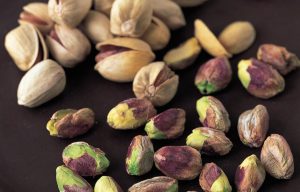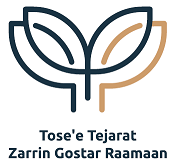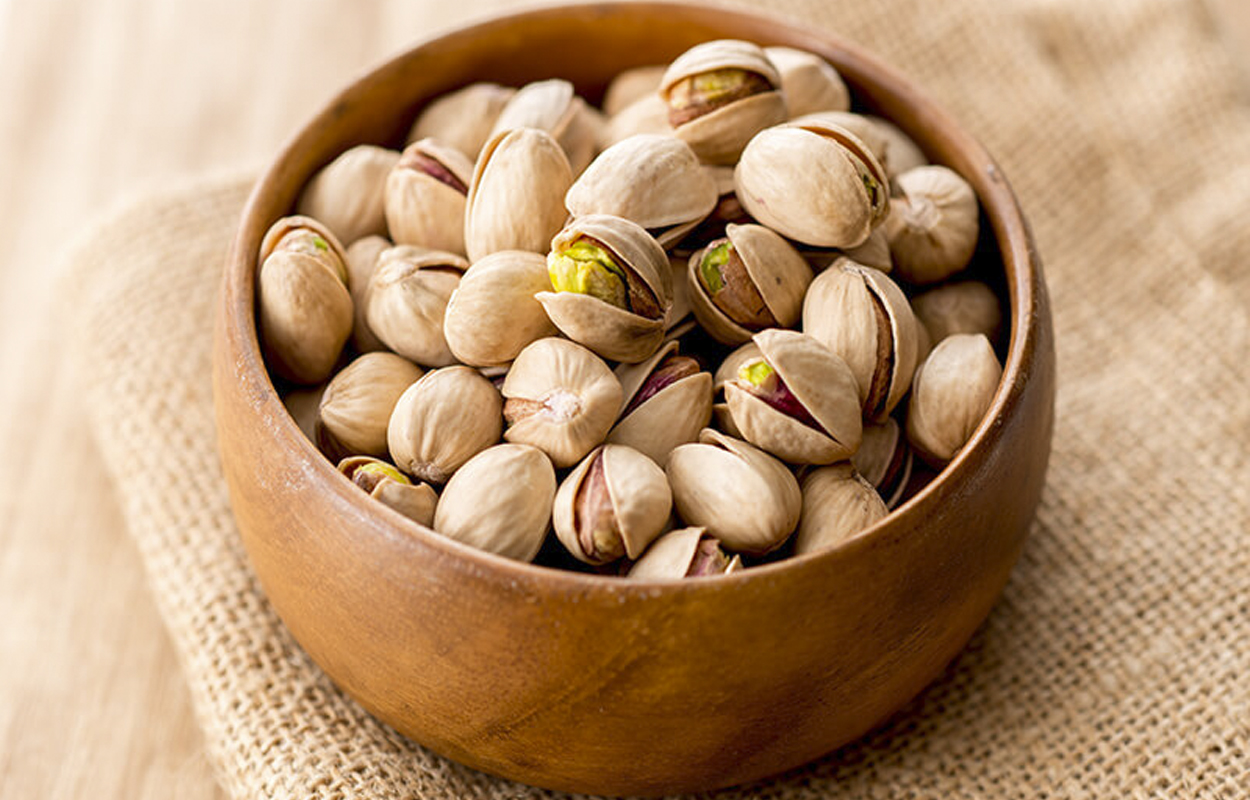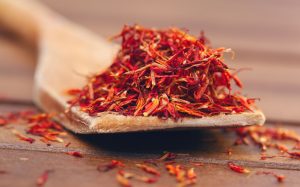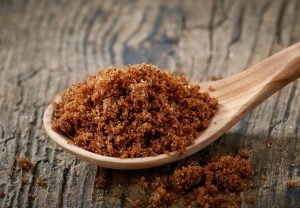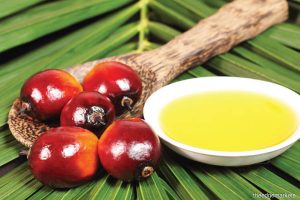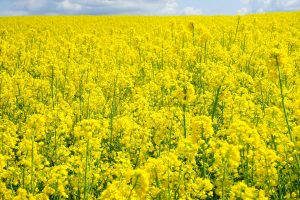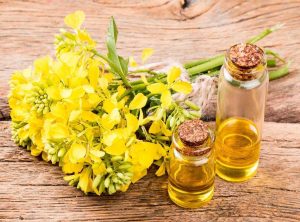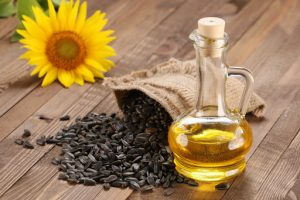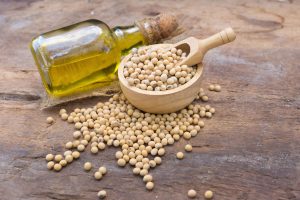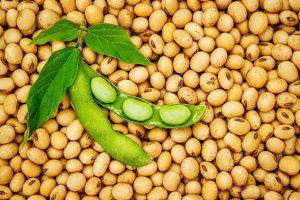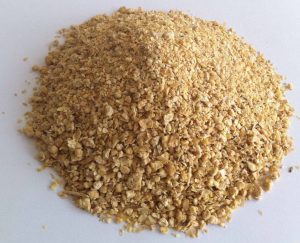Pistachio, (Pistacia vera), small tree of the cashew family (Anacardiaceae) and its edible seeds, grown in dry lands in warm or temperate climates. The pistachio tree is believed to be indigenous to Iran. It is widely cultivated from Afghanistan to the Mediterranean region and in California.
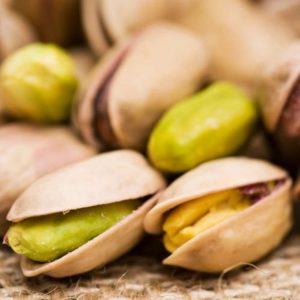
The seed kernels can be eaten fresh or roasted and are commonly used in a variety of desserts, including baklava, halvah, and ice cream. They are also used for yellowish green colouring in confections. The seeds are high in protein, fat, dietary fibre, and vitamin B6.
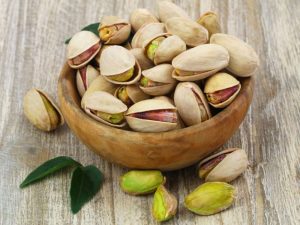
The pistachio tree has wide-spreading branches but rarely exceeds 9 metres (30 feet) in height. Each leaf has one to five pairs of thick, wide, leathery, pinnate leaflets. The plants are usually dioecious (bearing either male or female flowers) and are pollinated largely by wind. Borne in clusters, the white drupe fruits are 1.5 to 2 cm (0.6 to 0.8 inch) long and tend to split at one side without discharging the seed. The “nut” is a greenish kernel enclosed in a thin, tightly adhering, reddish skin. The single, solid kernels have a pleasing mild resinous flavour. To ensure pollination and good yield, male trees are interplanted with female in a ratio of 1:5 or 1:6.
